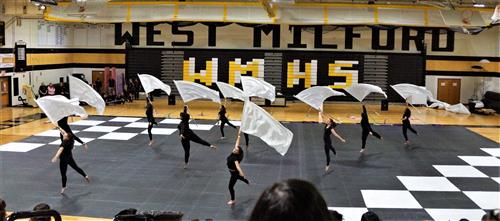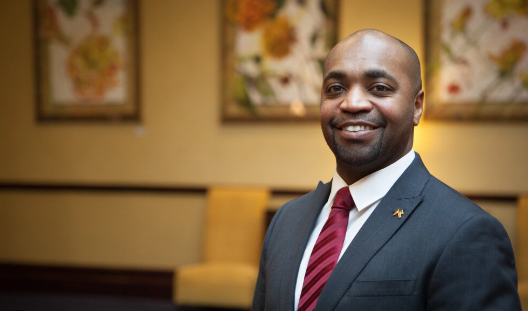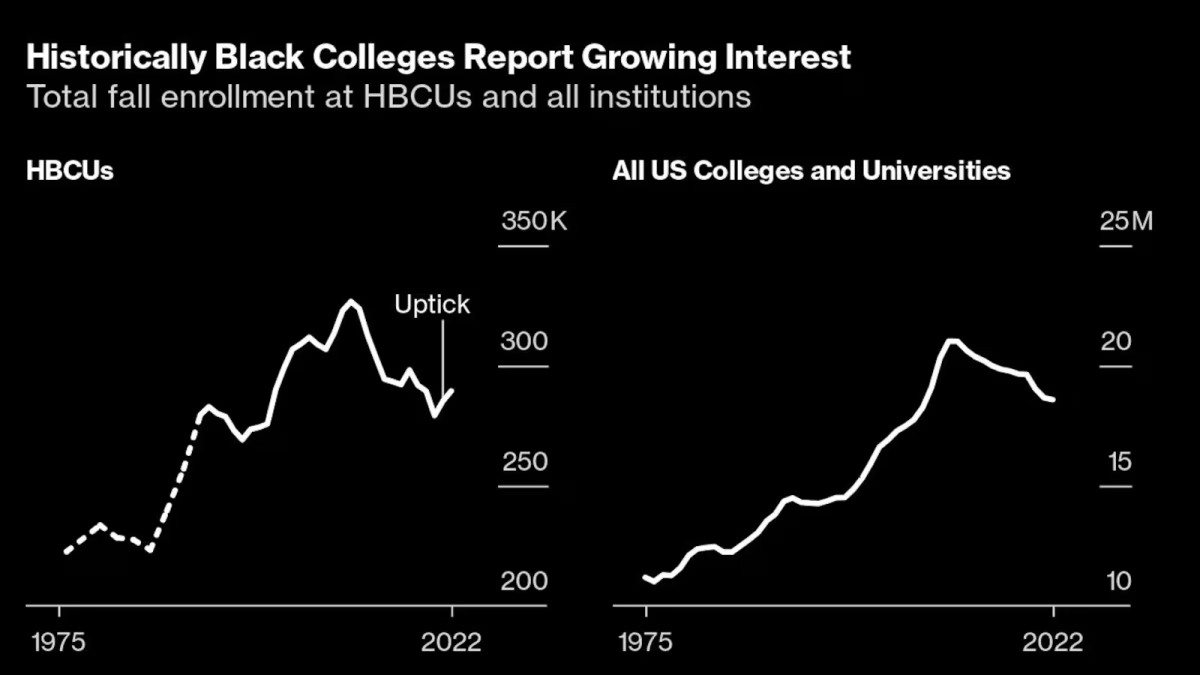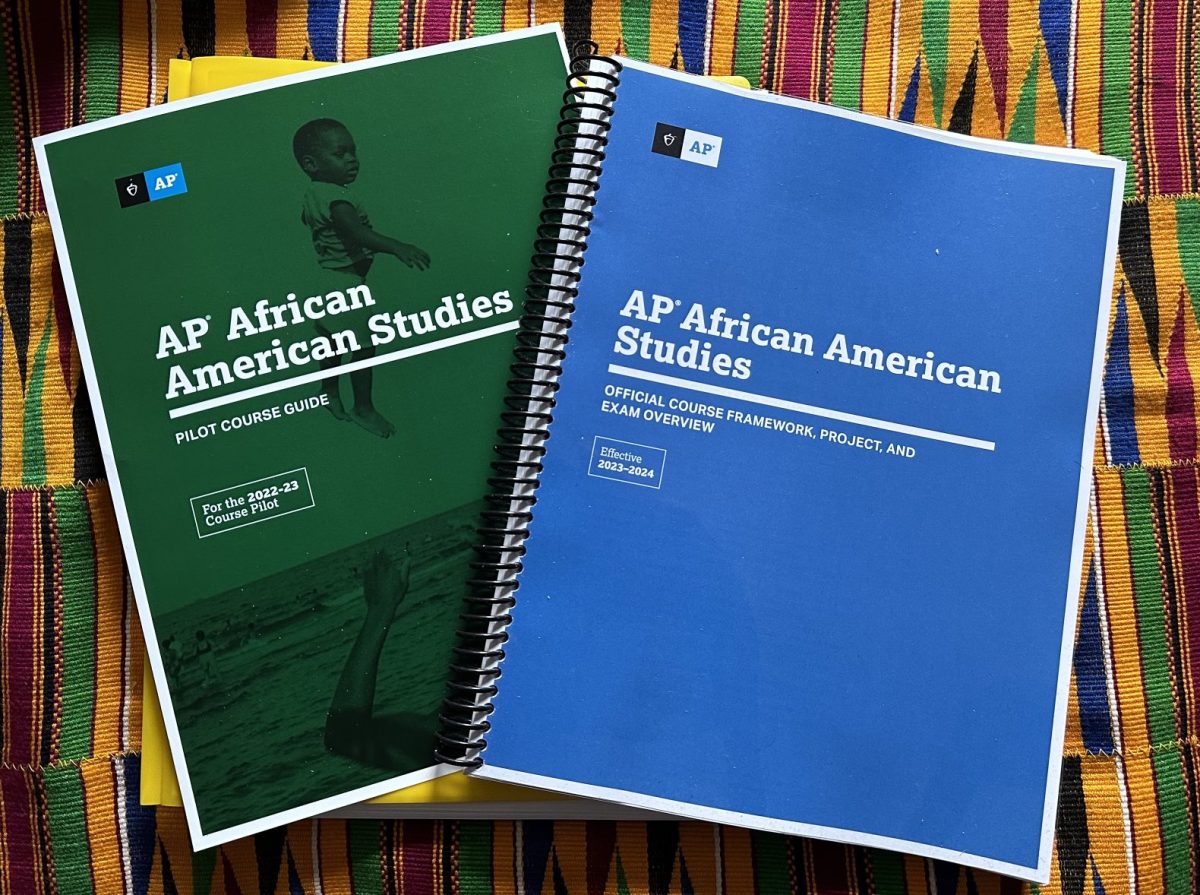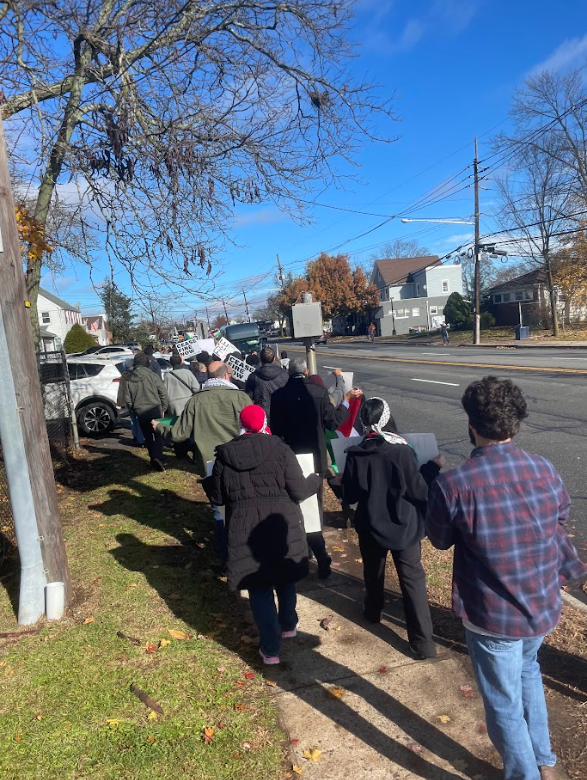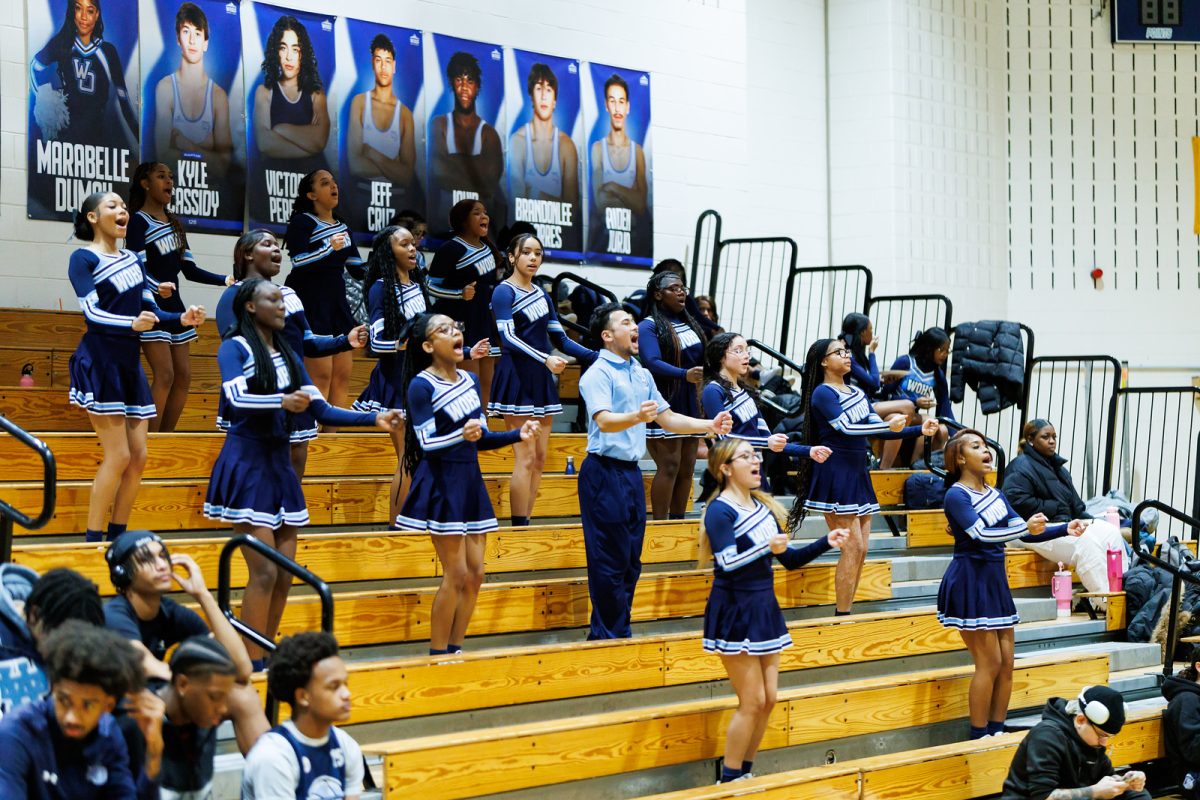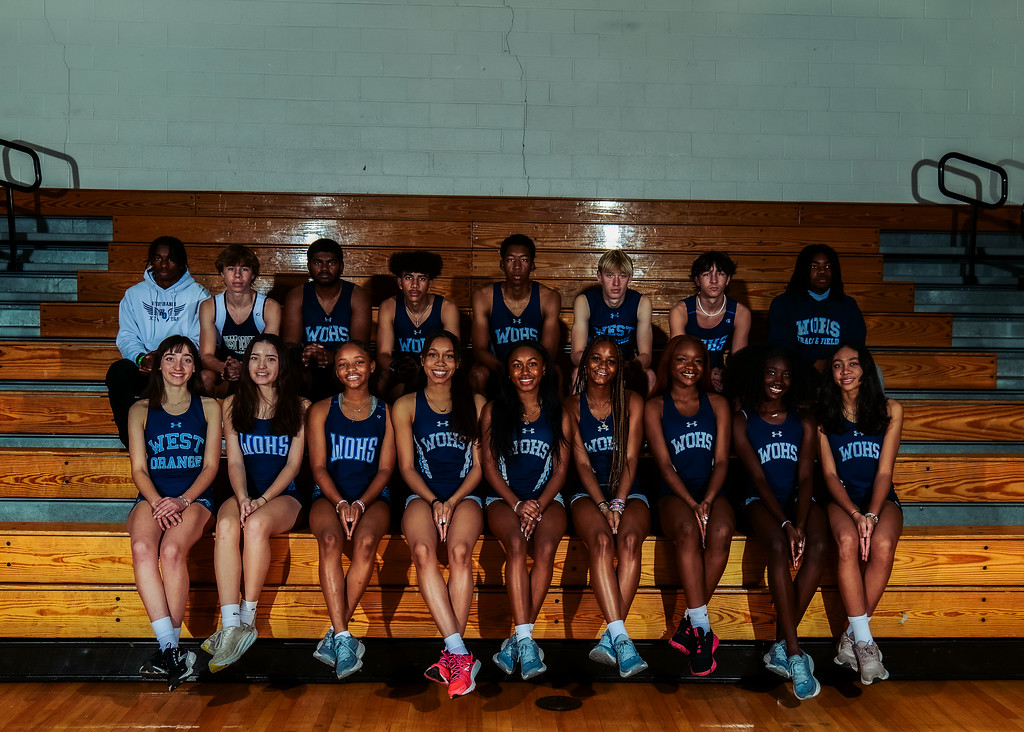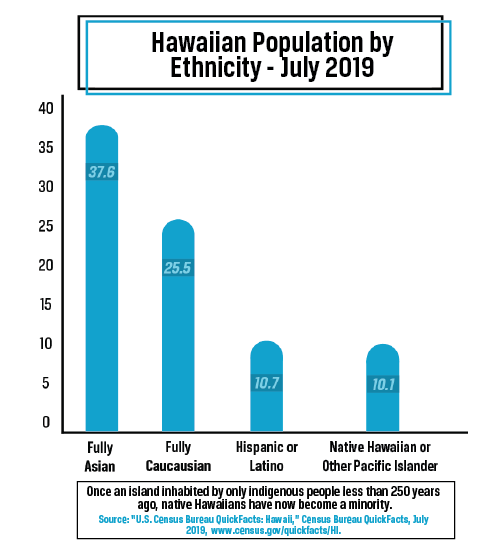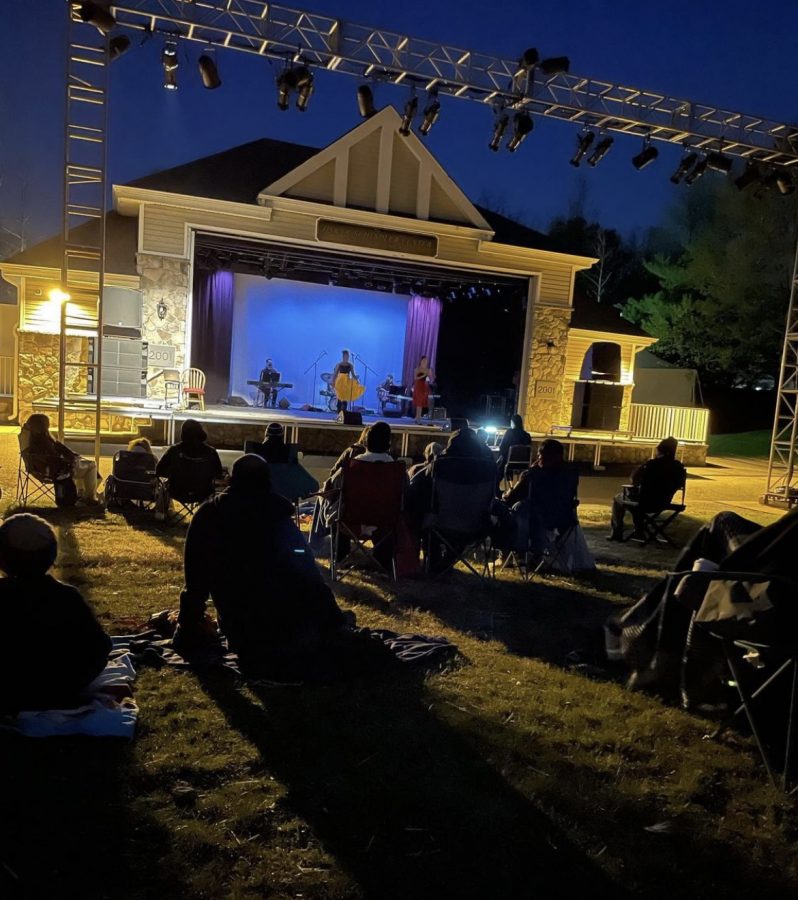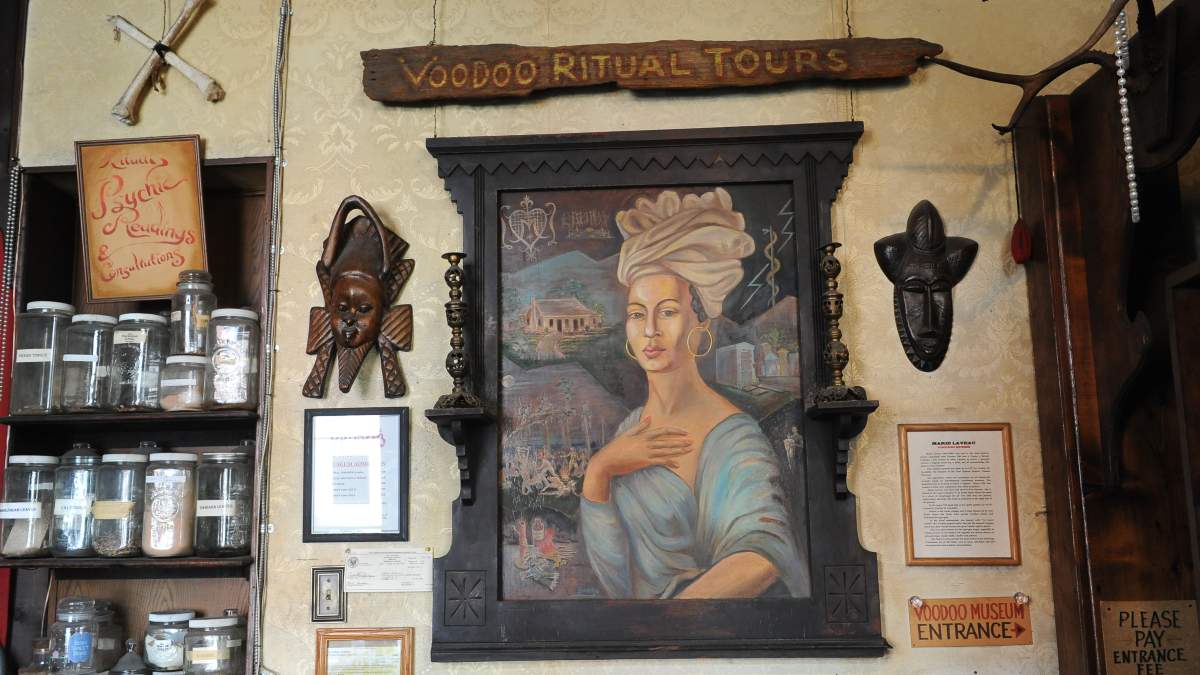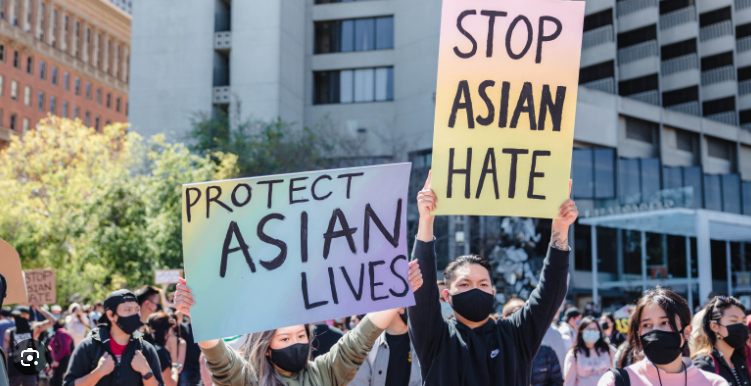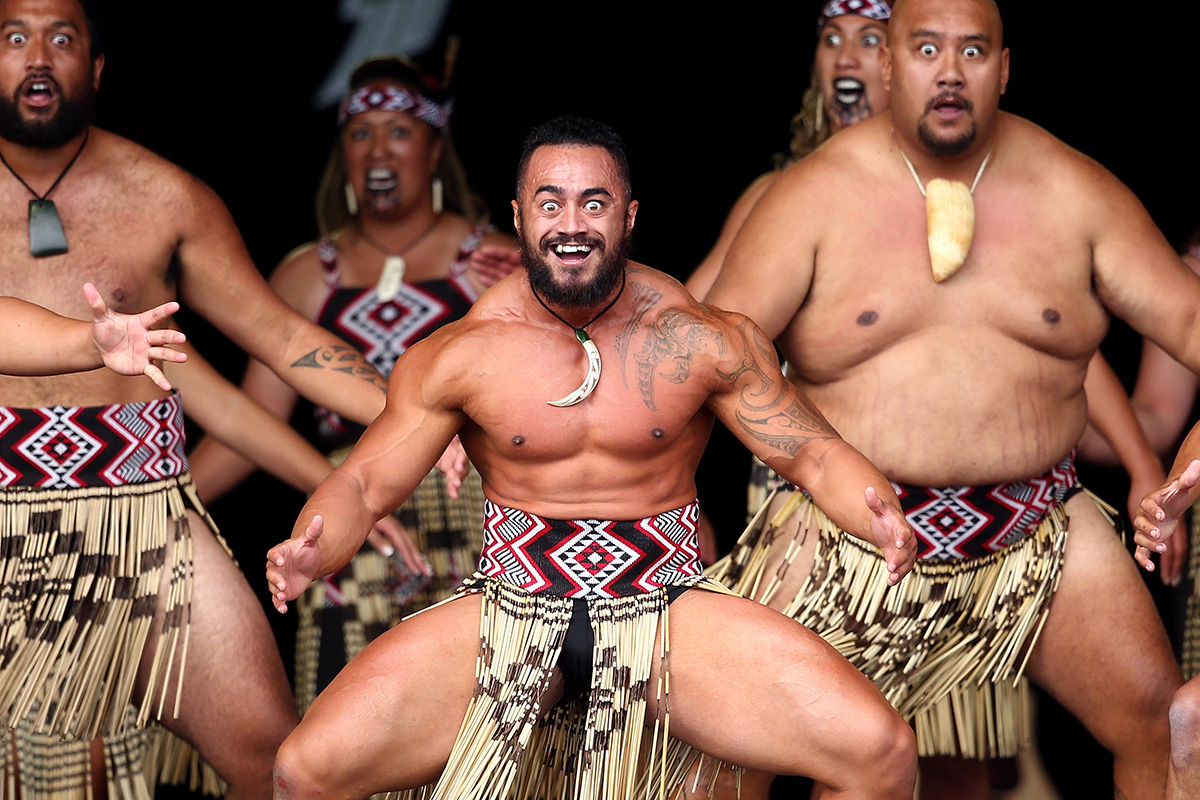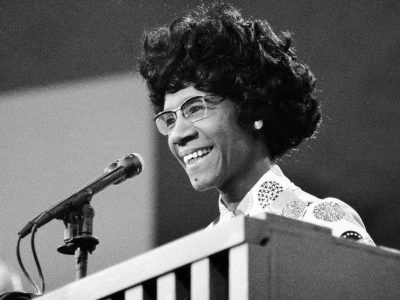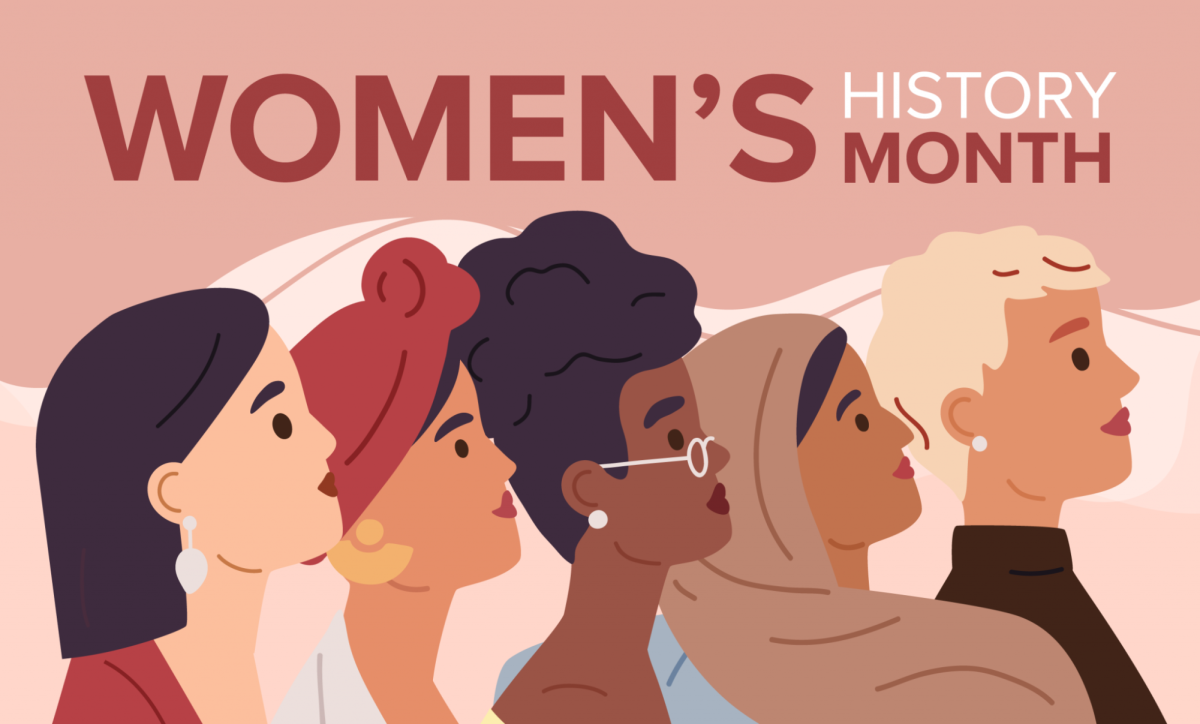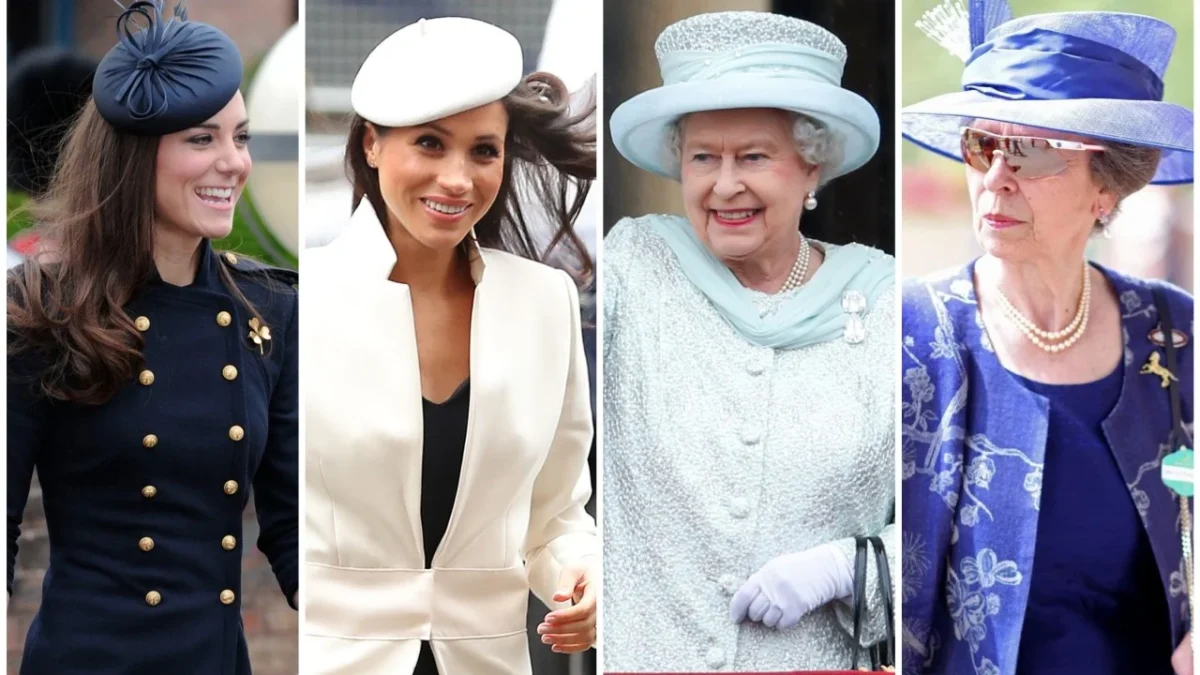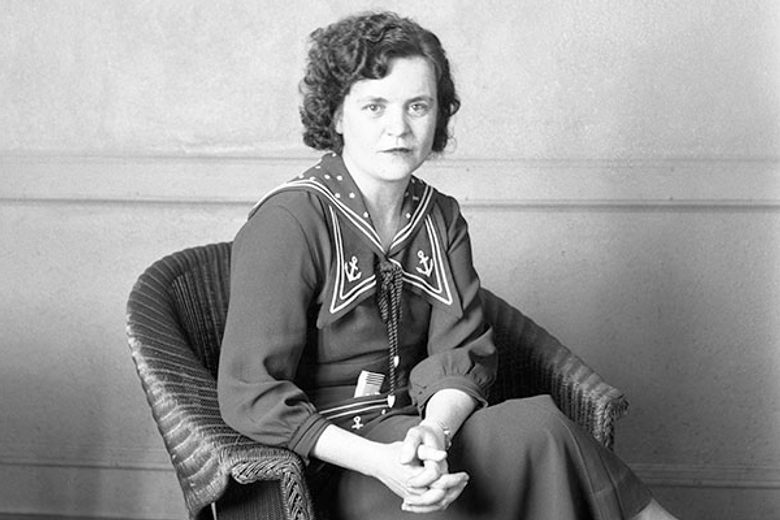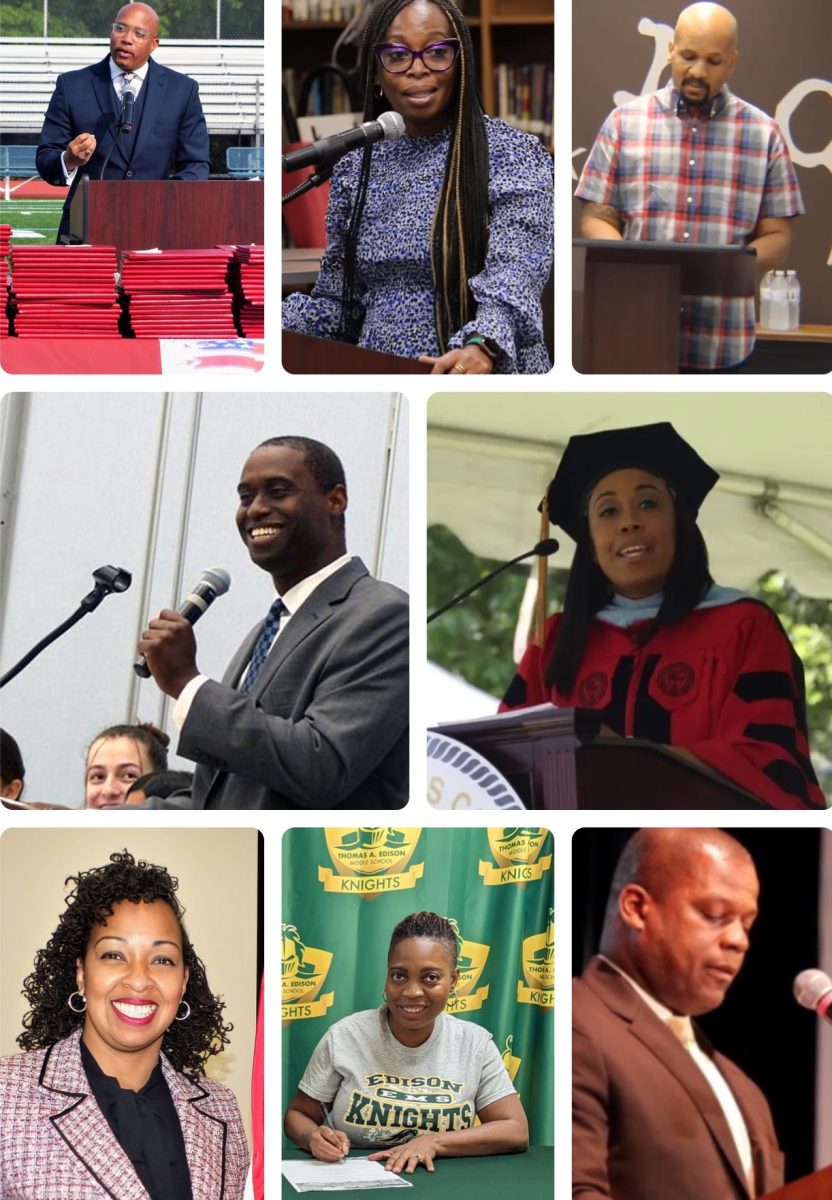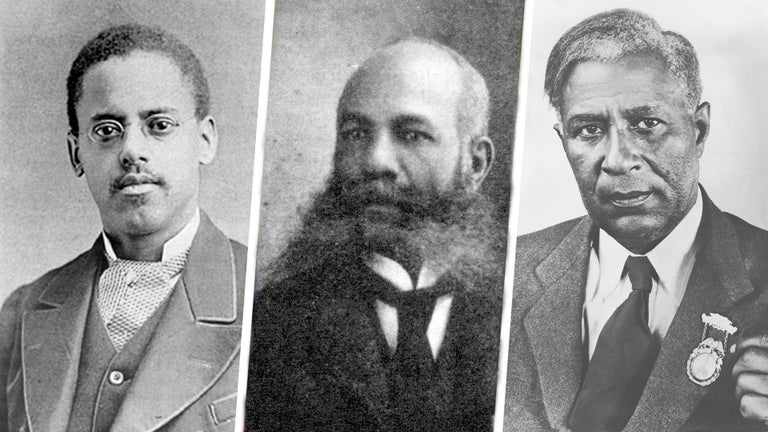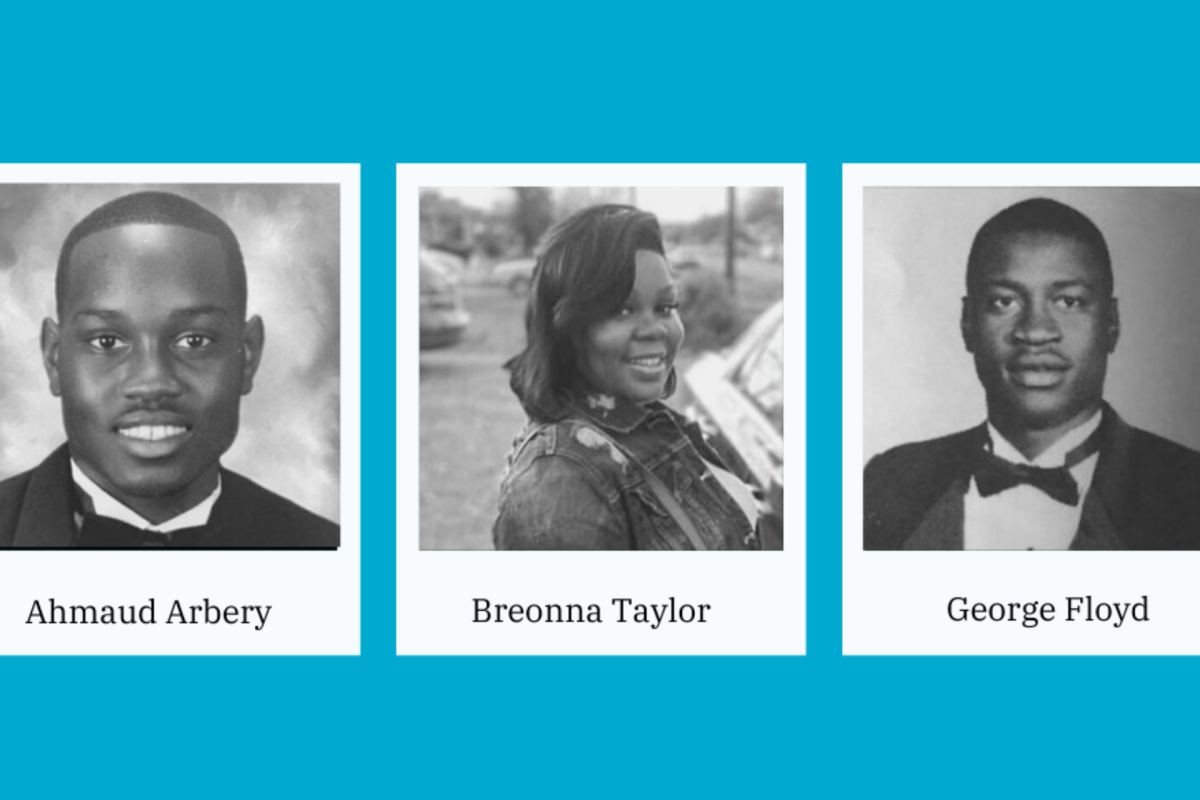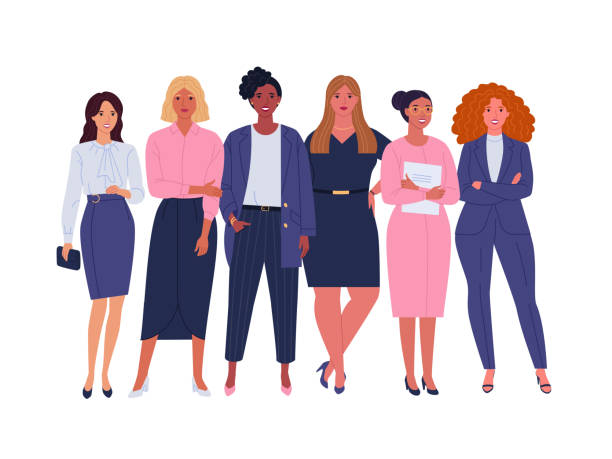To construct a more knowledgeable and accepting society, the inequalities and contributions of women must be studied. In over 40 countries worldwide and 700 colleges in the United States, Women’s Studies programs are offered.
These programs focus on the social, cultural, and historical lives and experiences of women. Often, they will examine the interaction between women and power dynamics. For example, some frequently discussed topics include gender stereotypes, gender and education, gender and employment, abortion rights, and the feminist philosophy.
Within higher education institutions, Women’s Studies is a subgroup of cultural exploration and works alongside different gender, sexuality, and feminist studies.
The research conducted within these programs includes ethnography (collecting data on customs that pertain to a group of people), focus groups, surveys, field/community research, discourse analysis (analyzing the written or spoken word), and reading practices.
Students will analyze works by women from various time periods to compare changes and consistencies. In this way, more attention will be brought to women-led projects and emphasize why it is so important to support them.
The main purpose of these studies is to fill the gaps in history that are left out. A common misconception about Women’s Studies is that they are made to antagonize men. However, that is the opposite of what the course aims to achieve. Not only is everyone encouraged and able to enroll in these programs, but the programs themselves are used as platforms to educate the public on women in every aspect of society.
Women’s Studies is fairly new to colleges. The first women’s department opened in 1970 at San Diego State University. This emerged after the feminist movement of the early 60s, despite the concept existing for centuries. It also came as a response to the growing diversity in universities that white males previously dominated.
The emergence of these courses helped educate more women on the inequalities they experienced. It issued a call to action that would enlist the support of thousands of women across the country.
After receiving a degree in women’s studies, one can choose from a wide variety of jobs. Some common job paths include social work, public policy, law, working for non-profit organizations, business, and education.
The most common use of a degree in Women’s Studies is in the way it helps prepare a student for graduate school. A student will use the skills and knowledge they have acquired and apply it to another field. In this field, they will show a greater understanding of the world around them and excel at working for and with others.
Women’s Studies prove time and time again their importance to society as they provide a greater understanding of the experiences of women, and help to elevate their position in any given community by acknowledging their contributions.
